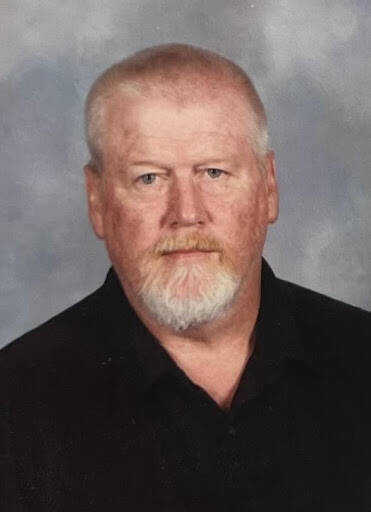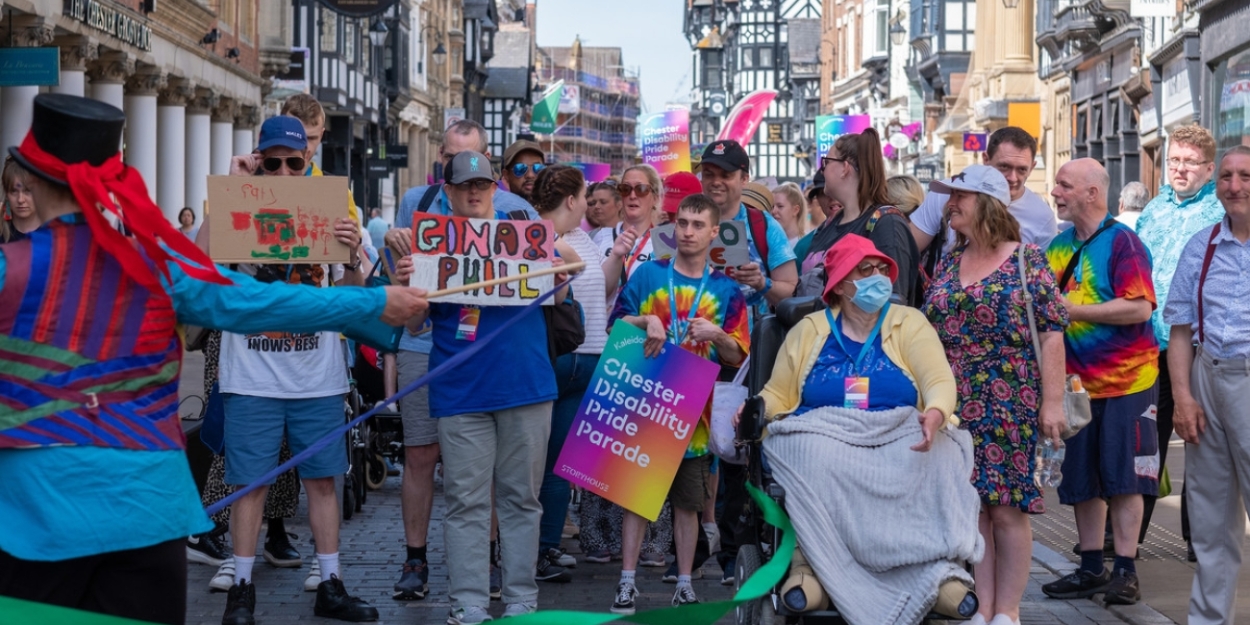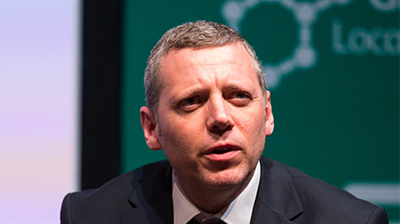
Concert-goers listen to a concert at the Fond du Lac County Fairgrounds. Fond du Lac County is considering whether to invest in a permanent stage.
Fond du Lac County is in the process of deciding whether to invest in a permanent stage at the county fairgrounds.

Kat Griffith
This turns out to be a complex decision and I would be glad to hear any thoughts you have!
Here is what I have learned on the subject:
Background & context
Fond du Lac County’s annual six-day fair is independently run by the Fond du Lac County Agricultural Society and takes place at the county-owned fairgrounds.
It typically brings in 60, 000 to 70,000 visitors, and during the five-years prior to the pandemic, generated more than a half a million dollars in revenue per year on average. While some years the fair lost money, on balance it made modest profits.
The agricultural society has historically handled fair-week facility maintenance and contributed towards some capital projects at the fairgrounds, including the most recent update of the Rec Center. The agricultural society’s board is volunteer, though its two top leaders get modest stipends for their substantial efforts to run the fair.
Fond du Lac County owns the grounds and buildings and does the lion’s share of facility upkeep. The fair doesn’t pay to use the facilities, and the county doesn’t pay to organize and run the fair.
Somewhat unusually for fairgrounds, our county’s facilities are located within the city of Fond du Lac, offering visibility and convenience for a variety of events. Indeed, the fairground facilities were used for 143 separate events last year, including dog training, 4-H activities, horse shows, rodeos, car and truck shows, BrewFest, concerts and quinceañeras (Mexican coming-of-age parties). The quinceañeras occur virtually every weekend and are already booked into 2024. They are by far the biggest source of revenue for the facility, which currently earns about $175,000 a year.
An additional source of income for the fairgrounds (and convenience for many county residents) is winter storage of boats, RVs and cars in the unheated buildings, and heated storage in the Cow Palace. Last year the county rented out all its available space. While event space and storage rentals do not cover the full cost of maintaining these large, older buildings, they are a substantial contribution.

In 2018, the fair opted to stop charging an entrance fee in favor of selling tickets to bigger-name evening band concerts. This widely popular change — part of a statewide trend — brought in more visitors, while maintaining or improving the event’s overall profitability. It allowed fairgoers to spend their money where they wanted and it improved affordability for families.
So here’s the million-dollar question: should the county invest in a permanent stage?
Here are some reasons it could be a good idea:
➤ If big performances can subsidize the fair for county residents, a permanent stage offering appropriate amenities to performers and their crews might be a worthy investment to help sustain a treasured family-friendly event.
➤ Temporary stages are an increasingly costly headache. In the past, the concert stage was set up using state and Huber work release prisoners. The Huber workers can now get higher paying steady jobs and are less available, and the state prisoners are not available enough hours to finish the job. Finding 30-plus workers for a day or two of hard physical labor is no easy task these days, and the stage set-up costs about $12,000 a pop on top of the rental fee of $15,000.
In addition to the stage, the fair has to rent a trailer with dressing rooms and restrooms for the performers; this costs an additional $4,500 per year for a total of nearly $32,000. At the very least, the temporary stage option is a big ongoing nuisance and expense for fair organizers, and over the long term might cost more than a permanent stage.
➤ Newer hydraulic stages exist that can be assembled with less labor and which may soon be the only feasible option. However, they cost about $28,000 to rent and $4,000 to 5,000 to erect, plus the $4,500 cost of the associated trailer and restrooms for a total of about $37,000 per year.
➤ A nice, large permanent stage could be an additional draw for performers; their contracts demand certain conditions that a new stage could better meet. It would also be a significant additional amenity for the county. It would make other events possible — everything from large church events to graduations, additional concerts, outdoor theater, etc.
➤ Making a better venue for attractions like big-name bands could help draw different demographic groups to the fair and help to sustain aspects of it that will never make money (such as 4-H), but that are a treasured part of our county’s heritage. County fairs are experiencing something of a renaissance in attendance since the pandemic, though some counties were experiencing a longer-term decline prior to that. The right investments in the fair could bring in new fairgoers, introduce them to some of the traditional attractions like the exhibits, and ultimately strengthen and grow this historically important form of shared community celebration.
The agricultural society, the city of Fond du Lac and the county have together been exploring the idea of a permanent stage for the last several years. The city of Fond du Lac has indicated a willingness to make a significant contribution to the project, even though it would ultimately be owned by the county.
Unfortunately, supply chain issues and delays have resulted in an unexpectedly high cost for the original project. The original plan now is slated to cost about $1.8 million. The county is considering alternatives, such as scaling the project back to include only a stage with no additional amenities. This would cost more like $1.3 million, with about $950,000 of that in the bank, the rest hopefully to be raised with naming rights.

Here are some additional considerations I heard from the folks I spoke with.
➤ The best location for the stage involves having the seats set up on a dirt track, which can get muddy. This probably limits the number of people willing to fork out $150 for tickets.
➤ Fond du Lac is one of perhaps only a dozen counties statewide that still has a big enough fair to be able to bring in big acts. Fond du Lac’s fair last year brought in visitors from 16 states and Canada. While attendance data is a little patchy since the fair stopped charging admission, fair attendance seems to have held steady or increased a little in recent years.
➤ Several people I spoke to thought the stage was a wise investment if the county leadership had the overall commitment to the fair and the grounds and the stage itself to ensure that the facility was well-used. The county needs to be clear about who will be in charge of trying to book additional events at the stage, and who is its county-level champion. The fair organizers are a tremendous, committed team, but they can’t do it alone.
➤ Some think the project is only worth doing if it includes the original plans for dressing rooms, bathrooms, etc.; otherwise the improvement in quality and convenience is not worth the price tag. These items could also be added to the county’s capital improvement plan and addressed at a later date.
➤ A permanent stage would better meet the needs of the fair than temporary stages and accompanying trailers. The community has other needs too, however, and it is the job of both the city and county to consider how a given project stacks up with other possible ways of spending money. The rental activity at the fairgrounds shows ongoing, strong and growing demand for a medium-sized venue of 100 to 300 people — smaller than the current buildings, which accommodate 500 to 2,500. The Cow Palace is a good size, but has not been updated in a long time. Might improving this venue be an alternative project to consider?
➤ There is some concern that neighbors of the fairgrounds might be bothered by additional events. If the additional events are minimal, neighbors will be fine — and the stage might be considered underutilized. If the stage brings in more acts, immediate neighbors might be less happy.
➤ One official I spoke to has found that neighborhood expectations usually settle within a couple of seasons, and that investments that were controversial at the start are generally warmly appreciated once they are built. Everybody is proud and grinning at the ribbon cutting!
There is one more thing I learned researching this article: As I keep finding out, Fond du Lac County is blessed with employees and leaders whose dedication and commitment go way beyond anything money can buy.
The extraordinary dedication of the volunteer fair organizers leaves me in awe. The lovingly maintained fairgrounds, with an amazing variety of events happening two or three times a week, is an extraordinary community amenity that we should not take for granted! Whatever we decide about the stage, our fair and our fairgrounds, and those who work for them deserve our gratitude, support and appreciation.
What do you think about the stage? Please let me know your thoughts at my county email address: [email protected]














